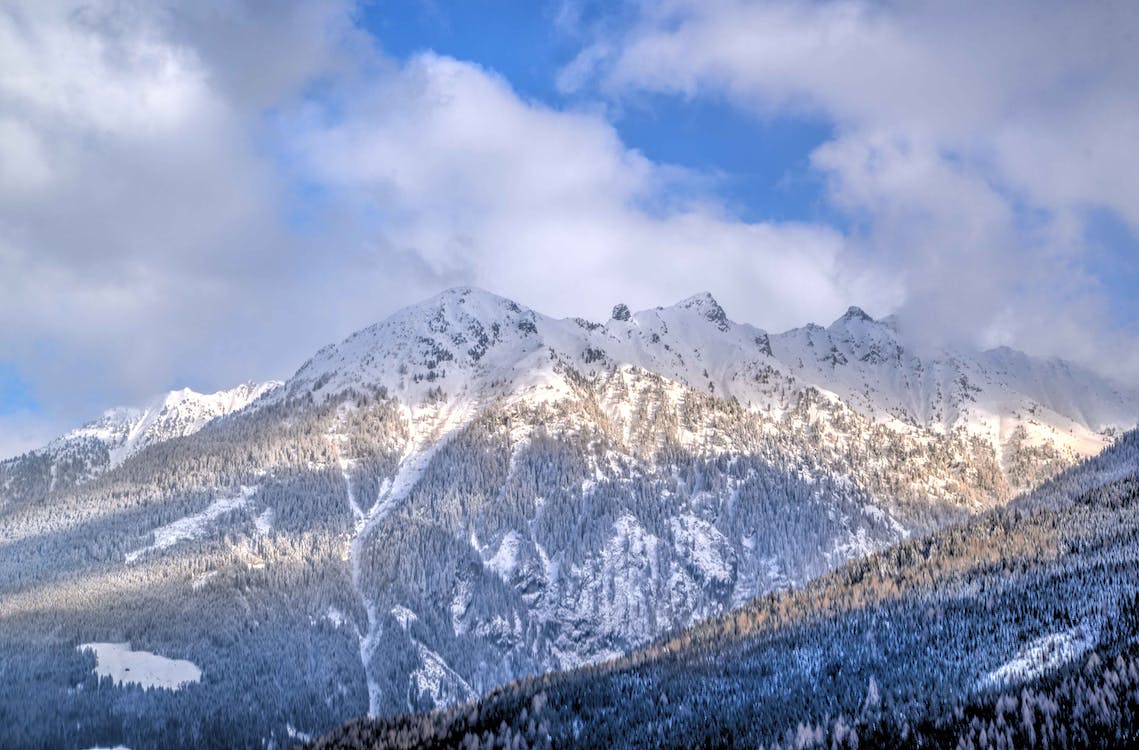Location: Bolivia
Elevation: 6, 088 meters
Bolivia might be one of the least known countries in South America being underdeveloped and landlocked in nature, but it is home to some of the most magnificent sceneries in the world, the enormous expanses of the Uyuni Salta plains, the towering heights of the Cordillera Real ranges and some of South America’s best-preserved Amazonian rain forest.
The jagged peaks of the Andes that divides the cold, dry Altiplano from the humid tropical lowlands, makes the area more dramatic. Its lack of development makes the country an authentic beauty that travelers also dream of experiencing.
About Huayna Potosi
Huayna Potosi, which stands 6, 088 meters, is the country’s most famous climb situated near El Alto and about 25 kilometers north of La Paz in the Cordillera Real. It is also known as one of the most accessible mountains to climb among the 6 000 meters plus elevation in the world.
High mountains surround it, and because it is nearly 15 miles north of the city, it has been one of the most famous climbs in Bolivia.
The summit’s familiar trail is a fairly straightforward glacier climb, with some crevasses and a steep climb. However, Huayna Potosí West Face, a 100-meter high face, is the most prominent face in Bolivia. Several steep falls of snow and ice routes ascend this region.
After an hour of driving and three hours walking, you will reach the high camp that complete beginners can climb. The climb offers impressive views of the Cordillera Real mountain range, Lake Titicaca (3810m), and the Altiplano (4000m).
When is the best time to climb
The mountain can be climbed any time of the year but much more desirable times during winter from May to September as days are sunny and dry. During warmer summer (November to March), it tends to be warmer and cloudy, making the climb more tricky and you would miss the scenic views. Snowfall comes anytime during the season.
Routes
Taking the ‘Normal Route’ to the summit is the easiest and the most straightforward way that is usually completed in two stages. Climbers make the first 1-3 hour hike starting at the Zongo Pass along clearly defined trails to High Camp, Campo Argentino that sits at nearly 5, 200 meters. You may choose to pitch a tent or stay in the refuge.
The next leg will take around 3-6 hours that usually starts at midnight, and 3 am. It is advisable to begin as early as possible since the snow becomes less stable at 8 am onward, which increases the risk of avalanche.
A few meters from the High Camp, it is advised to use crampons to climb the steep yet clearly visible passage leading to the summit. This stage requires a climb at a 30-meter ice wall, jump over a crevasse or two, and tackle a 45-degree wall of compressed snow.
Reaching the top will reward hikers with incredible views of the Altiplano, La Paz, Lake Titicaca, and the entire Cordillera Real mountain range, and a chance to witness the sunrise’s beauty. Going back to the base camp takes three hours of descent, and you can take a taxi or bus back to La Paz.
Climbers that are accustomed to similar trekking environments and trails can complete the entire trek in one go. From start to finish, it takes between 8-12 hours.
On the east of the mountain include the French Route, Bordaz Muñoz, and South-West, which are more technical climbs, requiring advanced skill level and knowledge in climbing.
Tour Companies
A tour guide is advised for inexperienced climbers, but generally, without a guide is possible to climb Huayna Potosi. Tour companies in La Paz, typically offer 2-3 day-tour with additional days used for acclimatization and physical preparation, and climbing techniques suited for the mountain.
Tour cost ranges between $150 – $300 US, which varies depending on the tour’s quality and length. But most companies commonly include the following:
To and from Huayna Potosi private transport
qualified and licensed mountain guide
equipment – ice ax, climbing boots, crampons, mountain jacket and trousers, harness, rope, etc
meals & accommodation (tent or refuge)
Please note that many guides have limited English Speaking skills just enough to bring you up to the mountain and back.
Difficulty
Despite being referred to as the “easiest 6000er in the world”, climbing Huayna Potosi is certainly no easy feat.
Professionals consider it a straightforward ice climb, and the mountain’s “Normal Route” requires an exposed ridge, and some crevasses, making it risky and precarious to climb. To spend around 3-6 days for the acclimatization would help you accustom with the hike to the Huayna Potosi.
Training with some special equipment can also help as with the use of crampons, ice axel, etc.

